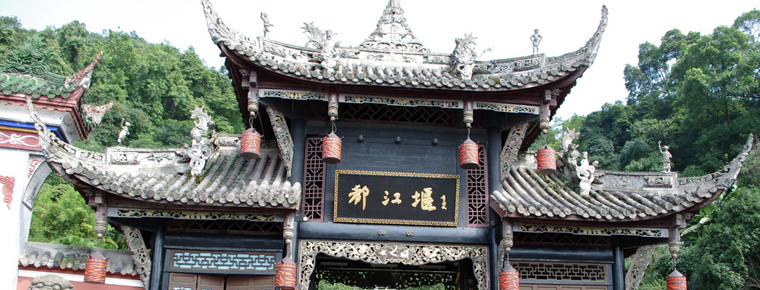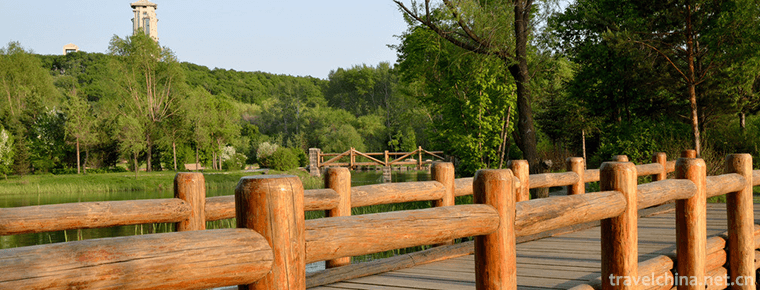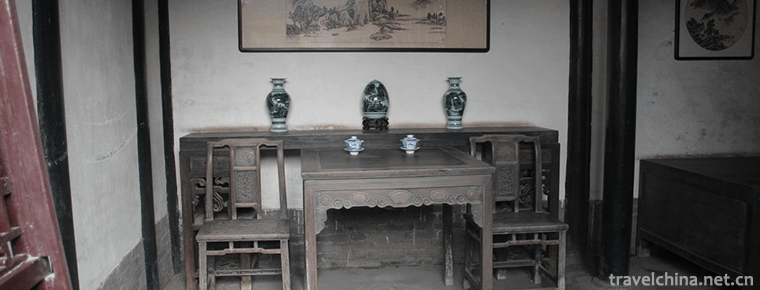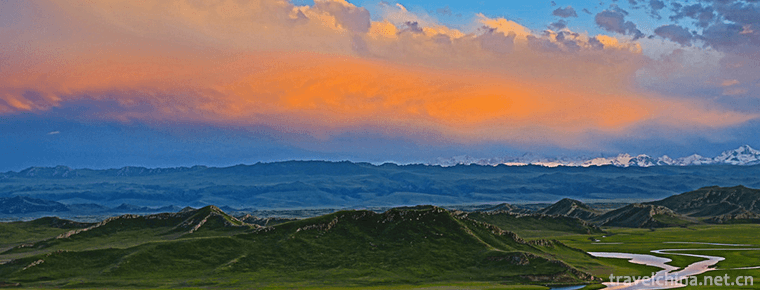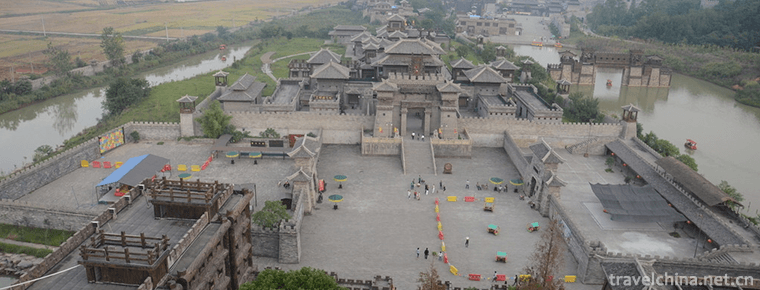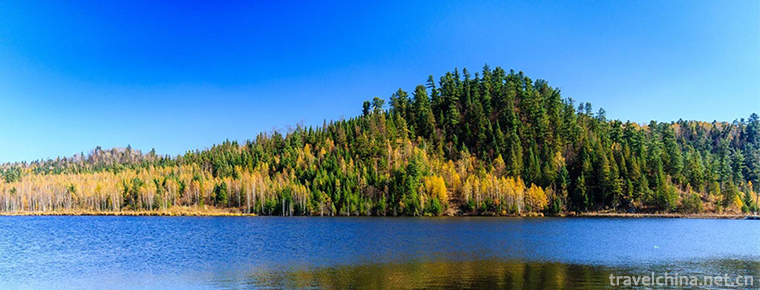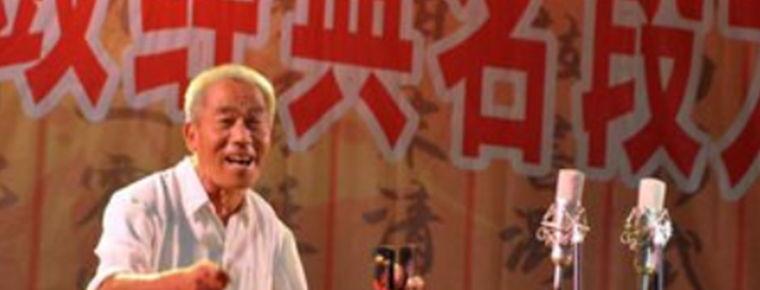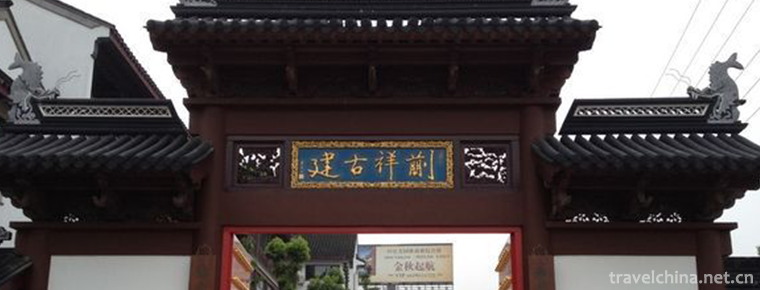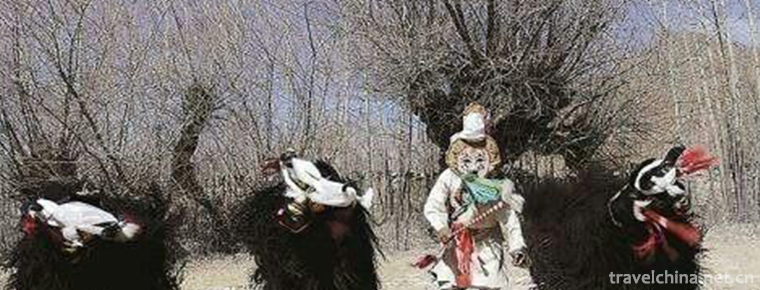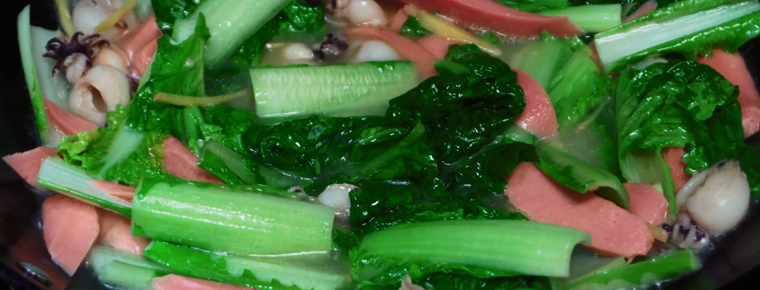The Simatai Great Wall
Simatai Great Wall is located in the north of Simatai Village, Gubeikou Town, northern Miyun District, Beijing. It is adjacent to Gubeishui Town. The wall of Simatai Great Wall is built on the steep mountain terrain and is famous for its peculiarity, speciality and danger. Simatai Reservoir divides the Great Wall into East and West sections. There are 16 Beauty Towers in the East and 18 Heroes'Ash Towers in the west. Luo Zhewen, a famous Chinese ancient architect, once commented that "the Great Wall of China is the best in the world, and the Simatai Great Wall is the best in China."
Simatai Great Wall was built in the early years of Hongwu in Ming Dynasty and reinforced by Qi Jiguang, Chief Soldier of Jizhen Town, and Tan Lun, Governor. The mountain is steep, the terrain is steep, and the project is huge. Looking down at the Great Wall of Simatai, we can see that it leans against the blue sky, stretches across the East and west, the wild clouds are long and dangerous. The mountain is like a person's fingers close together, showing a two-way ladder. If you climb the Great Wall from the West and look sideways, only one peak is on the top, as if you just struggle to climb it, you can stay high and down. But once we climbed the enemy building on the first peak and turned eastward, another peak approached us. When you climb the enemy tower on the second hill, you look up to the east, and there is a higher peak on it; and when you look down, you can only see that all the enemy buildings on the first hill are covered up, which is really "no ancients before, no visitors after". Up to the fourth enemy building, now open up, the distant villages with warm smoke, appear quiet and leisurely. On the other side of the mountain, green and yellow grass and trees flocked together, and a few flocks of sheep surged, adding some poetic and picturesque flavor, which reminded people of the poem "the wind blows grass but the cattle and sheep are inferior". Up to the sixth enemy building, there are two floors: the upper is the lookout tower; the lower is the garrison house, with windows on three sides and archery holes in the north. The whole building is made of large blocks of stone, which is solid, solid and magnificent. The creation of this magnificent and peculiar Great Wall landscape is due to the special Yanshan topography, important geographical location and the wisdom of Qi Jiguang and other ancient generals.
Simatai Great Wall is divided into East and West sections by Yuanyang Lake. Yuanyang Lake is composed of hot springs flowing all the year round at 37 degrees Celsius and cold and biting cold springs, which make the lake cold and warm. Every winter, the lake still ripples with blue waves and the fog rises.
The highest part of the Great Wall is the Fairy Tower, which needs to climb the ladder. The ladder is 100 meters high, 85 degrees slope, almost vertical, no courage to conquer. Looking up, the brick-and-stone steps can only accommodate feet. The cliffs on both sides are steep. The middle step is as thin as a line, as thin as a blade, and as steep as a stand. People can not look up at the steps and sigh, but breathe in a cool breath. Climbing up the fairy building, the scenery is indeed more magnificent and beautiful. Looking down at the cliff under your feet, you can cut and chop with a knife and axe. A few wisps of mist hang on the cliff, which is even more steep and dangerous. The Jinshanling Great Wall and Simatai Great Wall on the northwest side are all in one, and they are like a dragon about to take off. The the Great Wall of different sizes and shapes in various watchtowers, just perfect ground - inspiring, and cold. The whole section of the Great Wall, in perfect harmony, of great momentum, everywhere shows her unique, majestic and magnificent, clever. Look at the Yanshan mountains and without stop rushing, stack up countless fantasy; looking at the vast boundless plains of North China, has been spread to the eye and the broad horizon, in this strange scenery, it is not by fall into a reverie.
The Great Wall of Simatai was restored in 1987 and opened to the outside world. It leans against the blue sky, stretches across everything, the wild clouds are long, extremely high and dangerous. The mountain is like a person's fingers close together, showing a two-way ladder. If you climb the Great Wall from the west, looking sideways, there is only one peak on it. The spectacle of climbing the sixth enemy building is also a feature of it.
Climbing up the fairy building, looking down at the cliff at your feet, the knife and axe are general, and a few wisps of mist hang on the cliff, which makes it even more steep and dangerous that the Great Wall of Jinshanling and Simatai are integrated. Before climbing the Great Wall, one must cross a big lake. On the west side of the lake, there is a hot spring. In the severe winter season, grass grows around the spring, just like spring. Spring water temperature is 37 C all year round, only see steaming hot, fish roaming. On the other side of the lake, the mountain springs are cold to the bone. Locals call the lake Yuanyang Lake, which is made up of a cold spring and a hot spring ten meters apart.
The most wonderful part of the eastern section of Simatai Great Wall lies in its danger. The Great Wall is like a huge dragon lurking over a cliff, stretching across things, within a kilometer, and densely covered with 14 enemy buildings. Especially on the side of the steep mountain, a ladder is raised. The gradient of the ladder is 85 degrees. It is facing the cliff. It is tolerant of foot, almost upright, and has no arms. It is about 100 meters long and only one brick wide. There are 900 meters deep on both sides. It is frightening that we can only crawl through the four limbs here.
After crossing the ladder and climbing the overpass, you can climb up two most distinctive buildings. One is "Fairy Tower", which is legendary changed from an antelope and named after the Lotus Fairy who lived there. It is slender and appears in the clouds all the year round. It is just like a girl who refuses to go out. There are lotus flower reliefs carved on the Han Baiyu arch, which are the only ones on the Great Wall. The second building is called Wangjing Tower, 986 meters above sea level. It is the highest point of Beijing's cultural relics. Standing on this building, you can get a good view of the distant mountains and rivers.
Simatai Great Wall is 5.4 kilometers long and has 35 enemy buildings. The whole section of the Great Wall has exquisite conception, peculiar design, novel conception and different forms. It combines many characteristics of the Great Wall in one place and forms a "wonderful Great Wall". The wall of the Great Wall here has not only the common type of "city wall", but also the type of "half wall" built to adapt to the cliff and cliff topography. It has not only the horseway stretching along the gentle slope, but also the "sky ladder" stacked on the steep slope. The diversity of the situation of the hollow enemy platform has also amazed architectural historians. There are one room, three rooms, three rooms plus front and rear corridors, three rooms plus surrounding corridors and so on. There are many kinds of roofs, such as Xieshan, hanging mountain, hard mountain, roll-up shed and overhanging hill. In a very short distance, there are many forms of walls and enemy buildings, which are very rare in the Great Wall.
Professor Luo Zhewen, an expert on the Great Wall, praised the Great Wall as "the greatest building in China, and the Simatai Great Wall is the greatest one in China." As a result, it has been designated as the world's outstanding cultural heritage of mankind. The mountain is steep, the terrain is steep, the project is vast, stretching 19 kilometers, the enemy buildings up to 135. Simply speaking, there are six kinds of roofs, such as flat roof, dome roof, octagonal algae well top, and seven kinds of wall, such as single-sided wall and double-sided wall stacking barrier wall. There are single wall, double wall and trapezoidal stone wall; the style of enemy building has two layers, three layers, flat, round, corner, two eyes, three eyes, four eyes, six eyes, twenty-four eyes; and the top style, many of which are unique to Simatai Great Wall.
Simatai Great Wall is the only section of the ancient Great Wall that retains the original appearance of the Ming Great Wall. Because of its special topographic conditions and the wisdom of builders, the Great Wall runs along a knife-edged ridge, with its width, narrowness and rise and fall. In a short distance, the terraces, enemy towers and barrier walls have many forms and great changes, which are extremely rare in the whole Great Wall. The literary bricks on the old city wall record the hard work of our ancestors, and the endless hot springs and cold springs are formed by the blood and tears of the ancients. Professor Luo Zhewen, a famous expert on the Great Wall of Simatai, praised the Great Wall of China as the most dangerous one in the world and the Great Wall of Simatai as the most dangerous one in China.
Simatai Ming Dynasty Great Wall Frontier Fortress is divided into nine towns in military. Miyun is under the jurisdiction of Jizhen, which rises from Shanhaiguan in the East and from Huilingkou in Juyongguan in the west. Its total length is more than 1200 miles. This section of the Great Wall of Jizhen was seriously threatened by Mongolian tribes at that time. The Mongolian tribes, Anda, invaded outside Beijing from time to time, and even went straight to Changping and Tongxian to seize property, harass the people and press directly on the city of Beijing. Therefore, the Great Wall of Jizhen has a vital defensive role.
The length of the Great Wall in Miyun is 425 miles. In Mingji Town, four military barracks and important crossings, including Wall Road, Caojia Road, Gubeikou Road, Shitang Road and Shixiang Road, have been established. Each road is divided into several sections of the Great Wall and enemy buildings. Training in peacetime and fighting in wartime form a systematic fortification for combat readiness.
Jizhen was designed and built under the command of Liu Yingjie, Tan Lun and Qi Jiguang, the general of the anti-Japanese army. This section of the Great Wall has the characteristics of high wall and thick wall, and in important areas built small walls, enemy buildings, beacon tower intensive, a variety of shapes, a variety of uses, set the characteristics of the Great Wall of the whole country.
Juyongguan Badaling Great Wall tourism started early, here has become a famous scenic spot to watch Jizhen Great Wall. Since then, in order to alleviate the overcrowding in Badaling, Mutianyu and Jinshanling Great Wall have been opened for sightseeing. However, the Great Wall of Simatai, which was restored in 1986, has received few visitors. The reason is that Simatai is located in the northeastern corner of Miyun and the junction of Hebei Province. The journey from Beijing to Simatai is a little farther than to Badaling.
The restoration of some ancient cultural relics in Beijing has been criticized by experts at home and abroad. They think that they have not paid enough attention to the preservation of the original site, nor to the artistic style of the environment. The Great Wall of Simatai was developed late and learned lessons, so from the beginning there was a saying that "the old is as good as the old, and the old is as bad as the broken". The indispensable maintenance and reinforcement work is based on the principle of preserving the damaged and decadent appearance, and must not be fresh and complete. The overall environment is also very important, looking around, there are no new buildings and halls. The mountains are vast and vast, and the Great Wall drags the remnants of the body, as if it had just come out of the clouds of history, giving people a real sense of history. Its restoration work is praised by UNESCO.
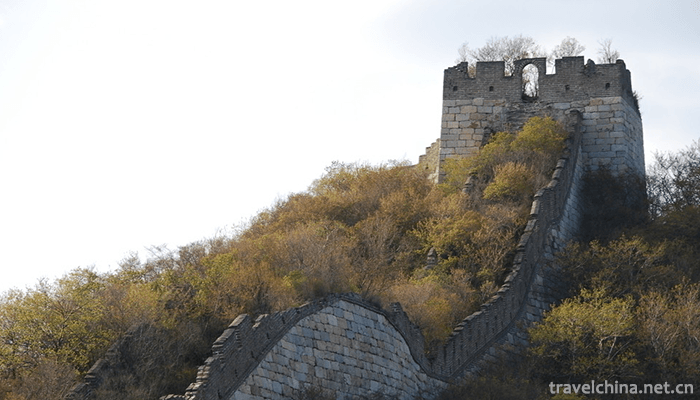
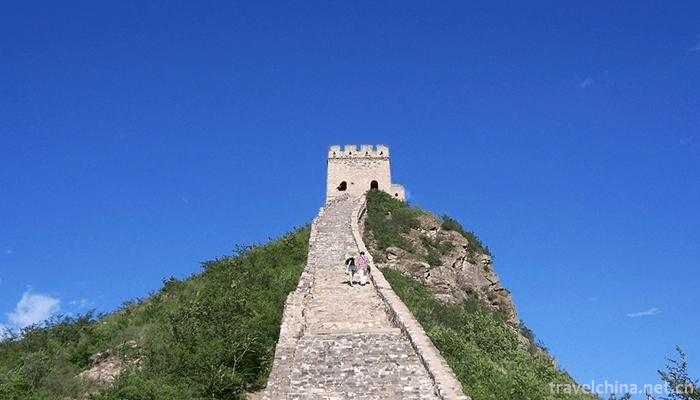
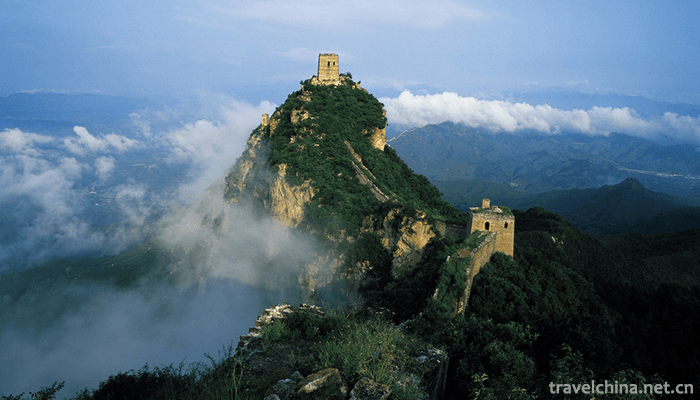
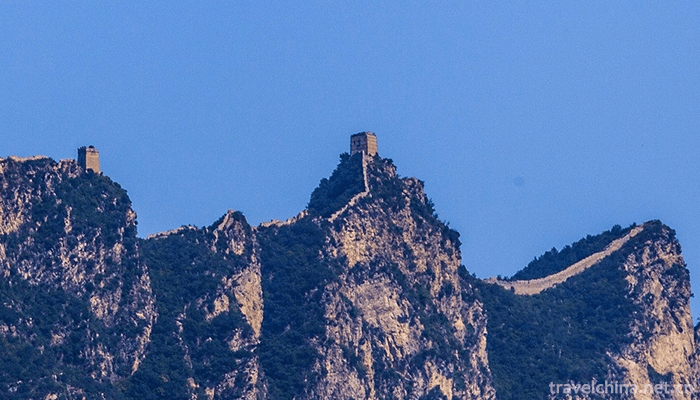
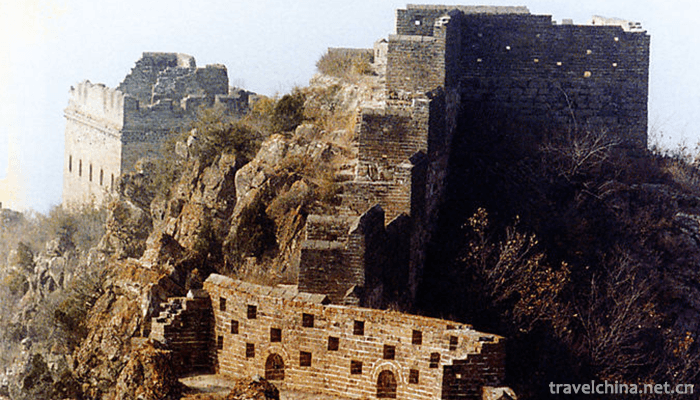
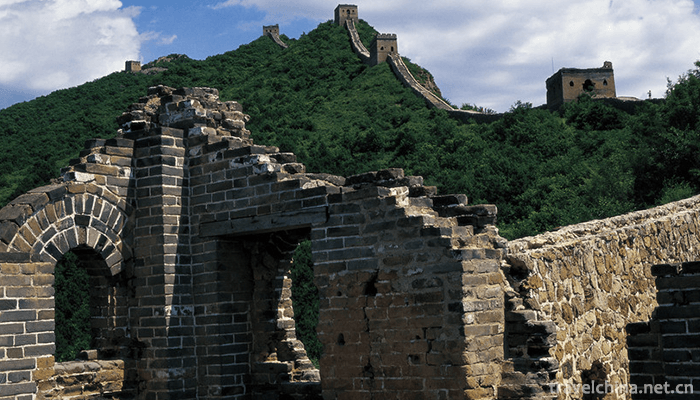
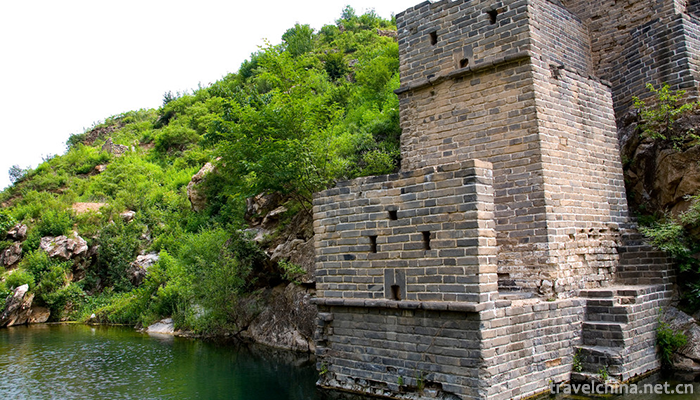
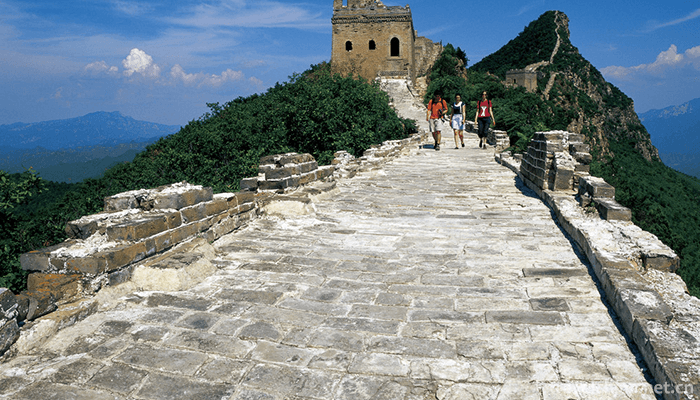
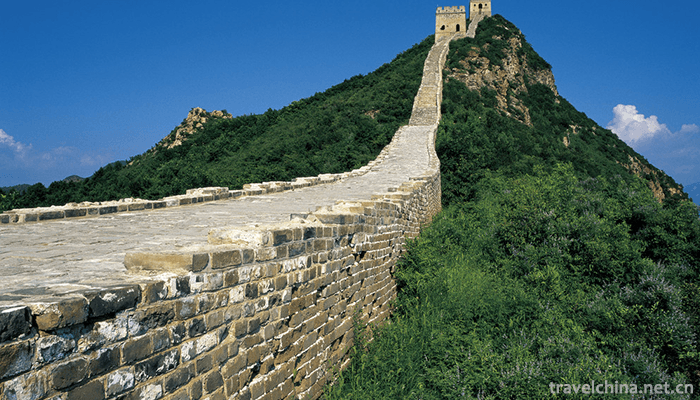
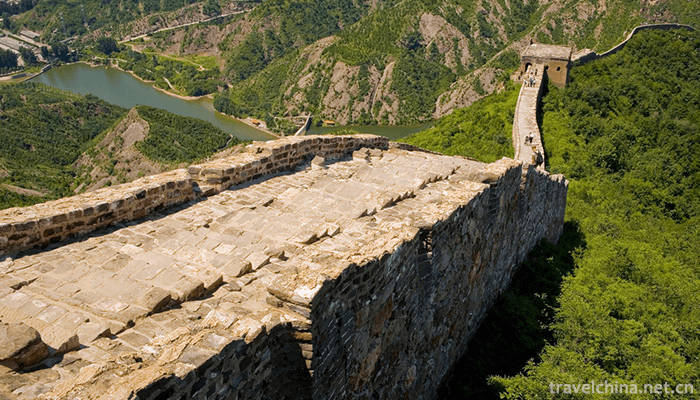
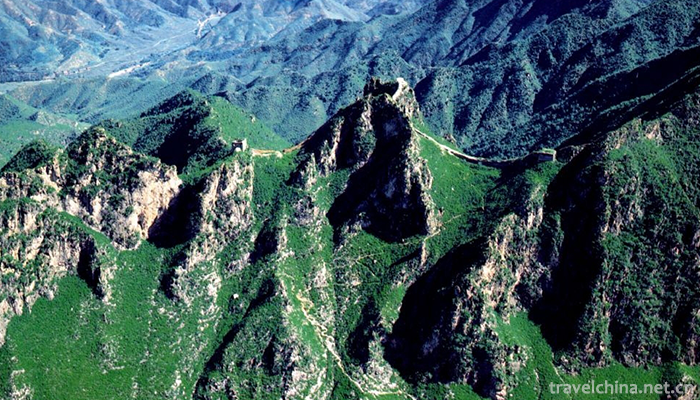
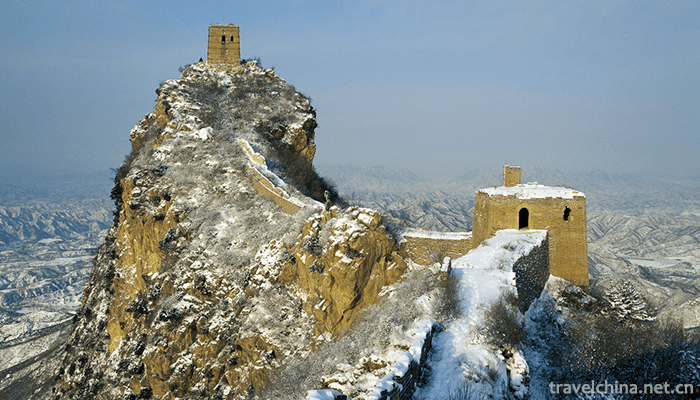
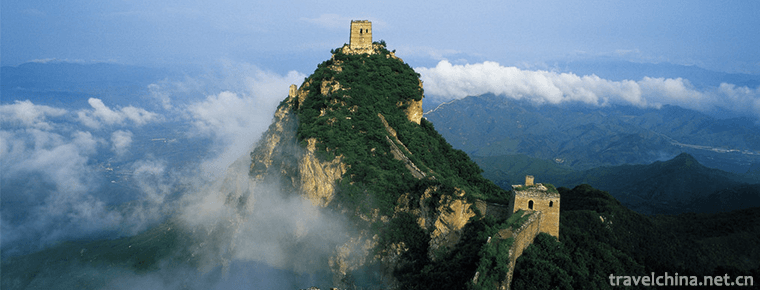
The Simatai Great Wall
-
Jingyuetan National Scenic Area
Jingyuetan, National AAAAA Class Tourist Scenic Spot, National Scenic Spot, National Forest Park, National Civilized Scenic Spot Demonstration Site, National Water Conservancy Scenic Spot
Views: 249 Time 2018-12-05 -
Zhou Enlais Hometown Scenic Spot
Zhou Enlai's hometown scenic spot is located in Huai'an City, Jiangsu Province, a famous historical and cultural city in China. It is a national 5A-level tourist attraction.
Views: 215 Time 2018-12-06 -
Bayanbulak Grassland
Bayinbrook grassland: formerly known as Yuledus grassland, Zhuledus grassland, Yuludus grassland, because it is mainly located in Xinjiang Bayinguoling Mongolian Autonomous Prefecture and the northwes
Views: 168 Time 2018-12-12 -
Chibi ancient battlefield
The ancient battlefield of Chibi in the Three Kingdoms, where the battle of Chibi took place, is located on the South Bank of the Yangtze River in the northwest of Chibi City, Hubei Province
Views: 426 Time 2018-12-12 -
Wuying National Forest Park
Wuying National Forest Park is located in Wuying District, Yichun City, Heilongjiang Province, about 19 kilometers away from the urban area. It is a concentrated protected area of Korean pine in China
Views: 307 Time 2018-12-22 -
Lu an drum
Luan drum is a traditional drum book and drum music form with distinct regional characteristics in the north, also known as the "old tune of Lu'an". It is named for its popularity in the are
Views: 449 Time 2019-05-15 -
Construction Techniques of Traditional Architecture of Xiangshan Band
Xiangshan Gang's traditional architectural construction techniques, local traditional handicraft techniques in Suzhou City, Jiangsu Province, one of the national intangible cultural heritage.
Views: 162 Time 2019-07-03 -
Xie Rong Zhongzi
Xierong Zhongzi still keeps the primitive and simple legacy, from which we can see the spiritual sustenance and aesthetic pursuit of Tibetan ancestors. This kind of primitive culture and art has becom
Views: 212 Time 2019-07-06 -
Sausages with cuttlefish
Cuttlefish, also known as cuttlefish, squid. Cuttlefish is delicious, nutritious and of high medicinal value. It is rich in protein, fat, inorganic salt, carbohydrate and many other substances. In add
Views: 298 Time 2020-04-10 -
Needlework of Chinese embroidery
Category: random needling, straight needling, disc needling, trowel needling, grabbing needling, flat needling, scattered wrong needling, weaving embroidery, applying needling, auxiliary needling, variant embroidery
Views: 149 Time 2020-12-12 -
Nanchong medical and health
By the end of 2019, Nanchong has 8457 medical and health institutions (including village clinics), including 166 hospitals and 8250 primary medical and health institutions. The number of beds in medical and health institutions was 43726, an increase of 4.9% over 2018
Views: 331 Time 2020-12-17
